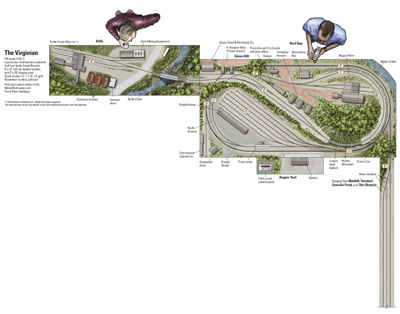
Name: The Virginian Layout designer: David Popp Scale: HO (1:87.1) Size: 4 x 8 feet, plus extensions Prototype: Virginian Ry. Locale: West Virginia Era: spring 1955 Style: island, portable Mainline run: 18 feet Minimum radius: 22″ (main), 18″ (branch) Minimum turnout: Atlas Snap-Switch Maximum grade: 3 percent Originally appeared in the January 2012 issue of […]
Read More…
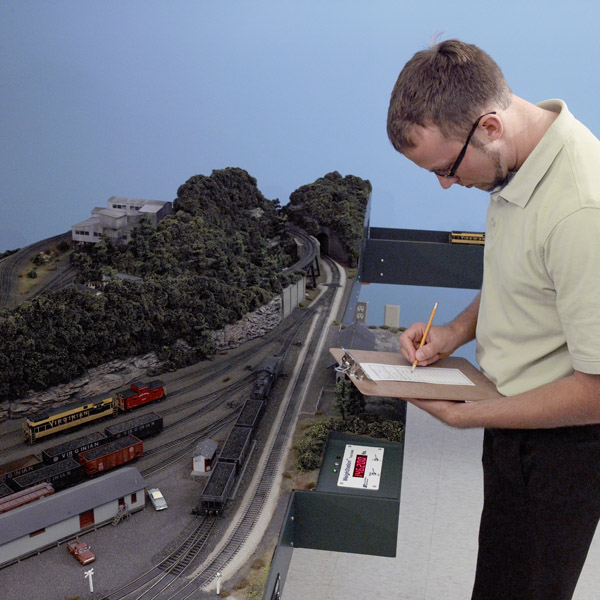
Using a Boulder Creek Engineering digital scale, Kalmbach Publishing designer Drew Halverson records the weights of loaded coal hoppers on a mine-block sheet. Model Railroader‘s HO scale project layout is based on the Virginian Ry. in Spring of 1955. It’s a 4 x 8 operating layout with a number of places that it can be […]
Read More…
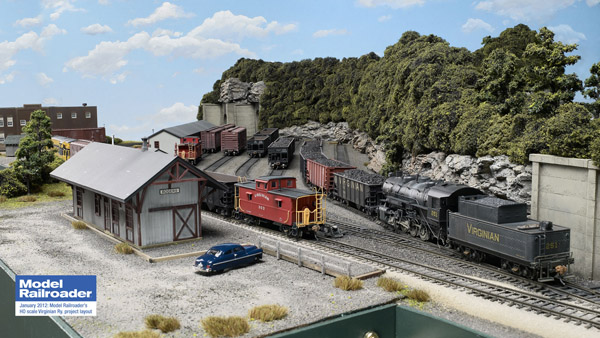
Use this image as a background on your computer screen. Click on the image size appropriate for your monitor and drag the image onto your desktop. 1600 x 900 wallpaper 1600 x 1000 wallpaper 1600 x 1200 wallpaper […]
Read More…
FULL SCREEN John Gruber Graham Claytor Jr. (left) appears apprehensive as he talks with D. W. Brosnan and Walter Dove on the platform at Asheville, N.C. But the conversation was friendly and the 4501 soon was on its way. FULL SCREEN John Gruber Locomotive 4501 proudly poses at Terminal Station, about ready to leave on […]
Read More…
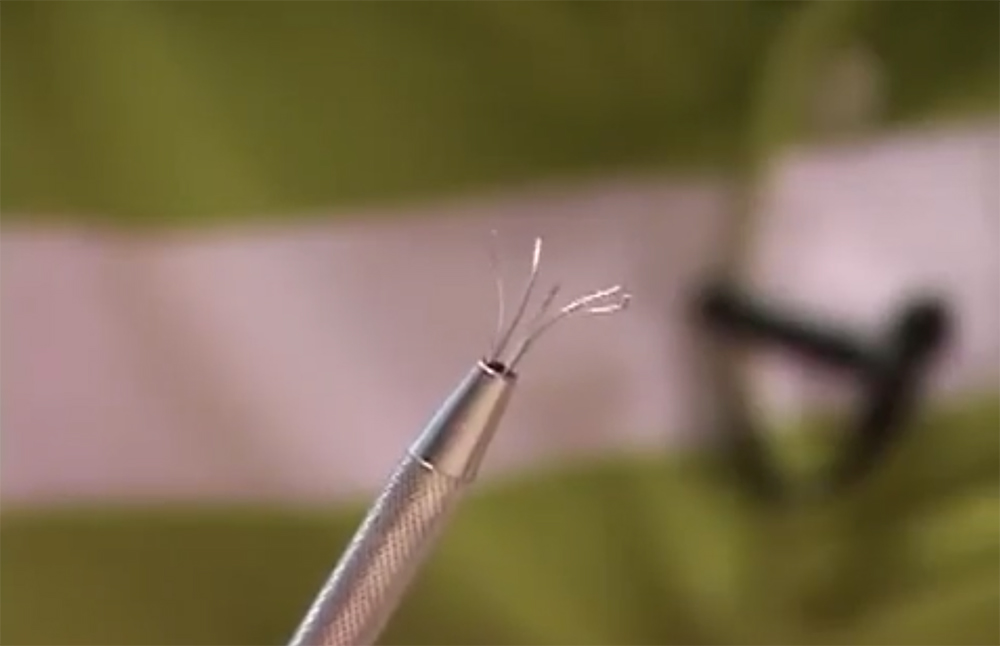
Having trouble viewing this video? Please visit our Video FAQ page Model Railroader associate editor Cody Grivno shows how to use the Kadee five-prong gripper to test screws on your freight cars. […]
Read More…
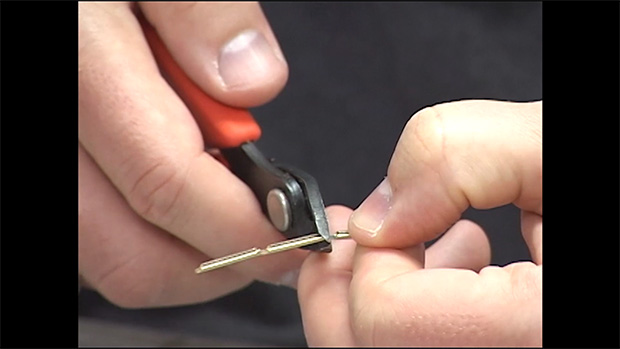
Having trouble viewing this video? Please visit our Video FAQ page Scale model railroad track uses rail joiners to connect the rails. In this basic training video you’ll learn about different types of rail joiners and learn the proper technique for installing them. […]
Read More…
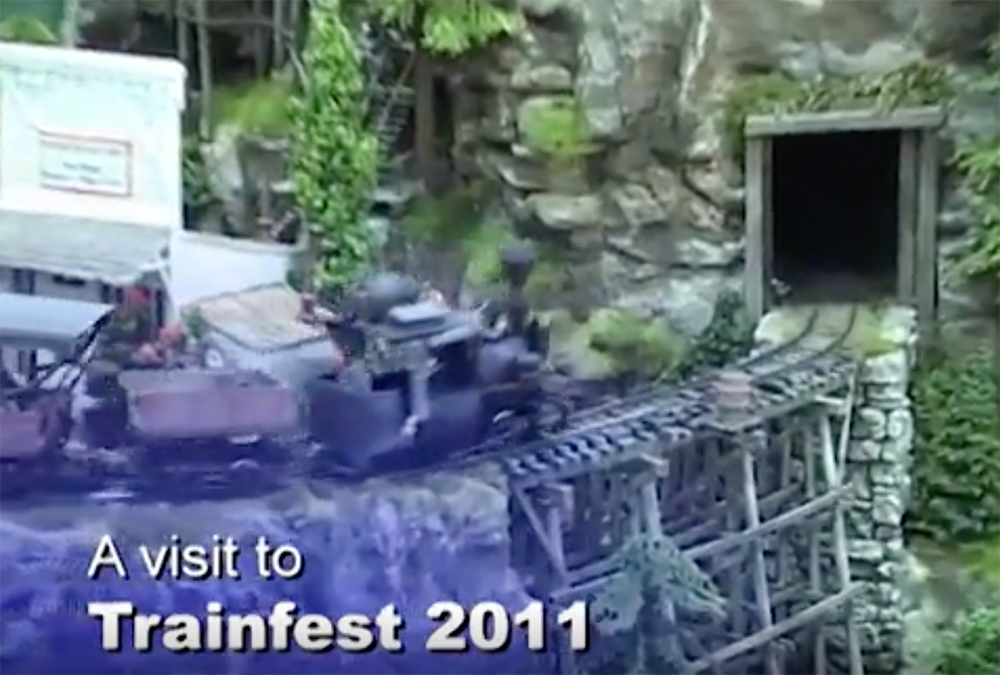
Having trouble viewing this video? Please visit our Video FAQ page Get an overview of Trainfest 2011 with Model Railroader managing editor David Popp. You’ll see some of the many club layouts featured at “America’s largest operating model railroad show. This year’s show was held on November 12-13, 2011 and celebrated its 40th anniversary. […]
Read More…
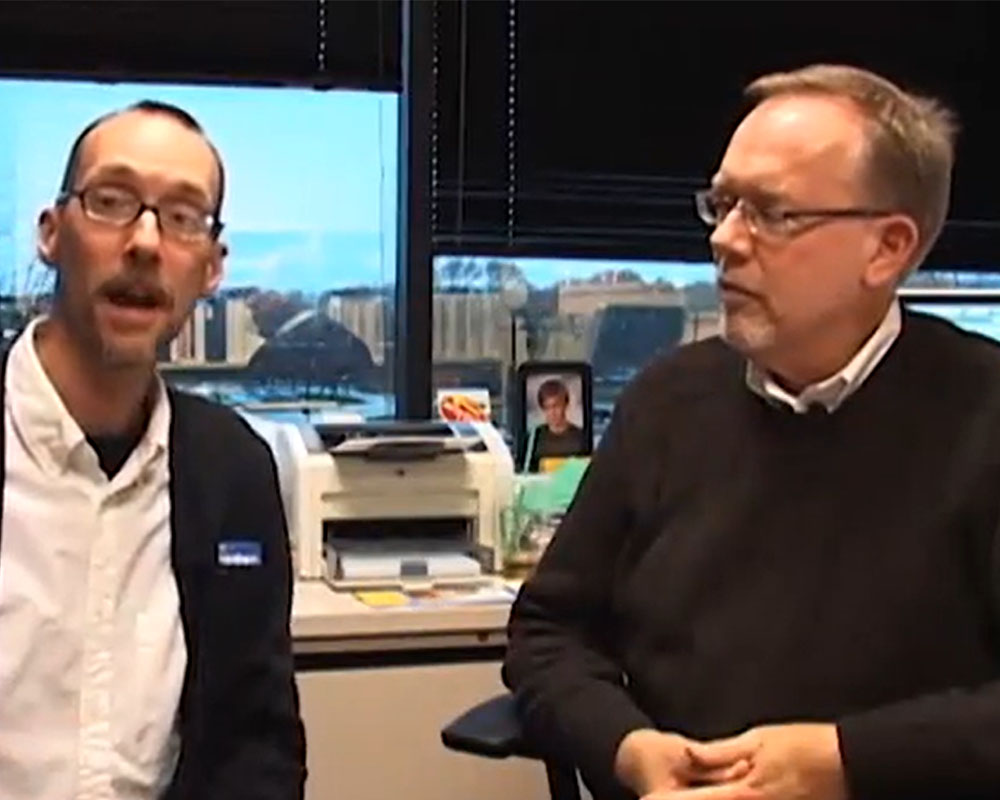
Managing editor David Popp takes you on a tour of the HO scale Virginian Ry. He’ll show you some of the key features of this expandable 4 x 8 model train layout. You’ll also learn how the prototype railroad inspired the design. The first part of the Virginian Ry. series appears in the January 2012 […]
Read More…
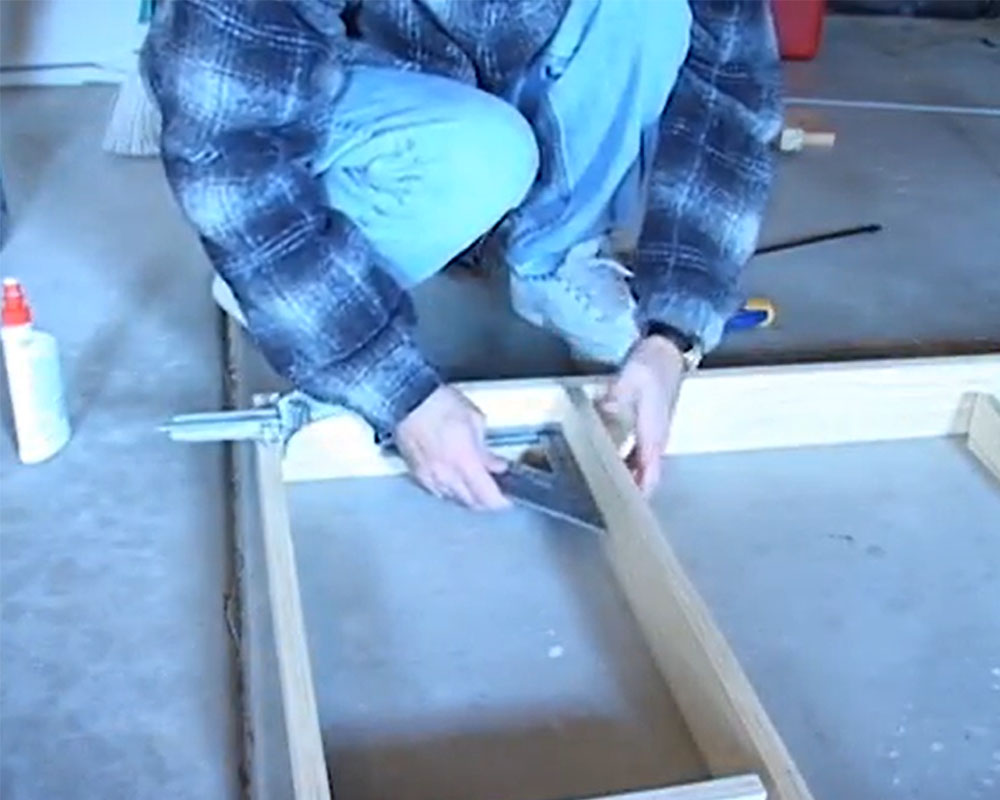
The HO scale Virginian Ry. uses open-grid benchwork construction. Managing editor David Popp shows how to build open-grid benchwork for this 4 x 8 model railroad. […]
Read More…
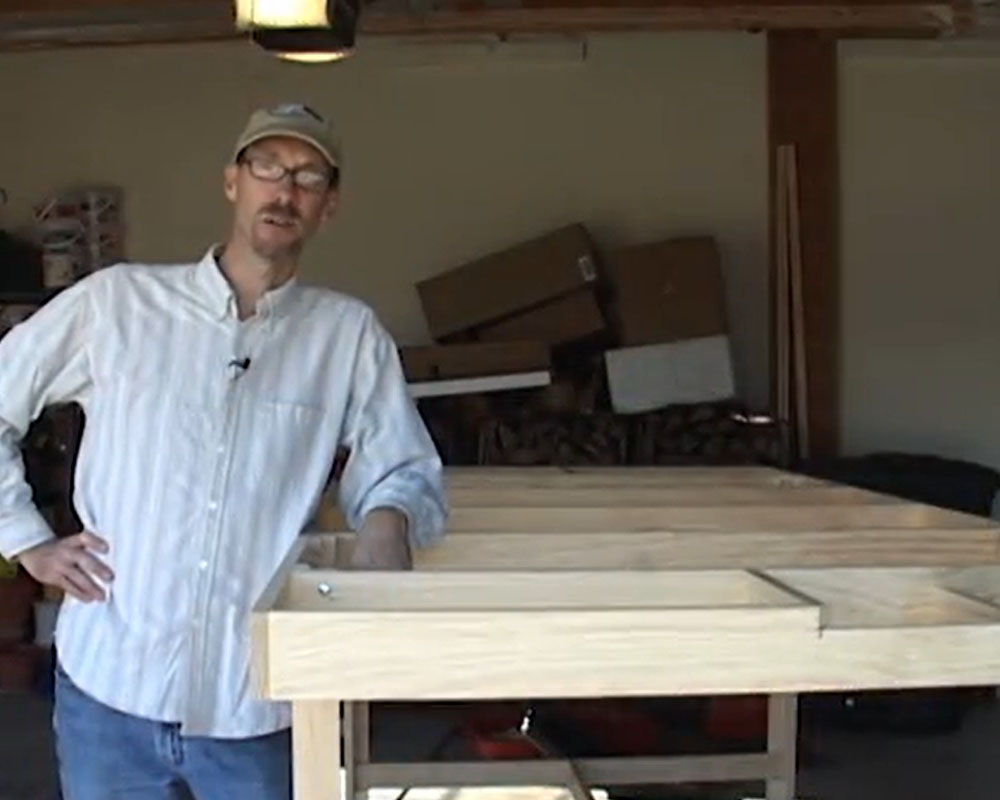
Watch as Model Railroader managing editor David Popp transfers the track plan to the benchwork tabletop. You’ll also see how David uses a saber saw to cut the cookie-cutter style benchwork for this model train layout. […]
Read More…
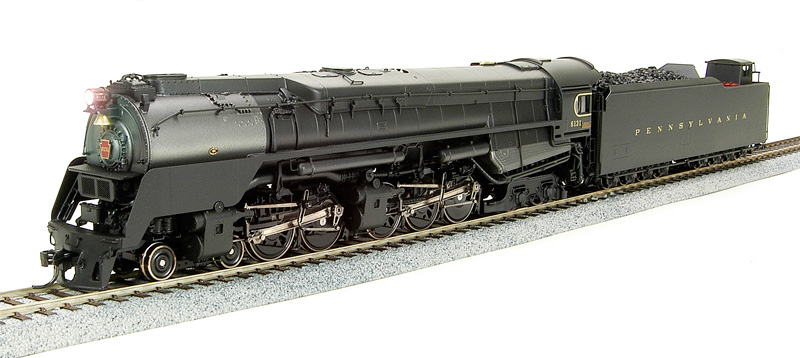
Broadway Limited HO scale Pennsyvania RR Q2 4-4-6-4 A Pennsylvania Q2 made of 95% brass, said to be the most detailed model of the locomotive ever built. Broadway Limited has done a great job, yet again, on the 2nd release of the PRR Q2. The models crisp paint and smoke that it produces, make this […]
Read More…
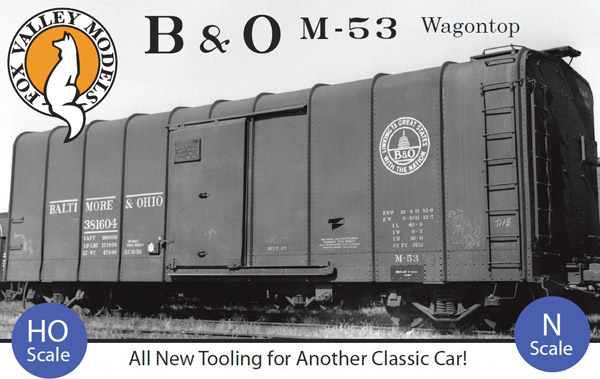
Fox Valley Models B&O Wagon Top Boxcar If you receive the monthly NMRA Magazine, you may have noticed the Fox Valley Models announcement of a Baltimore & Ohio M53 “Wagon Top” Boxcar in HO & N scale. I have very clear memories of this car from my very early childhood so I asked my local […]
Read More…











